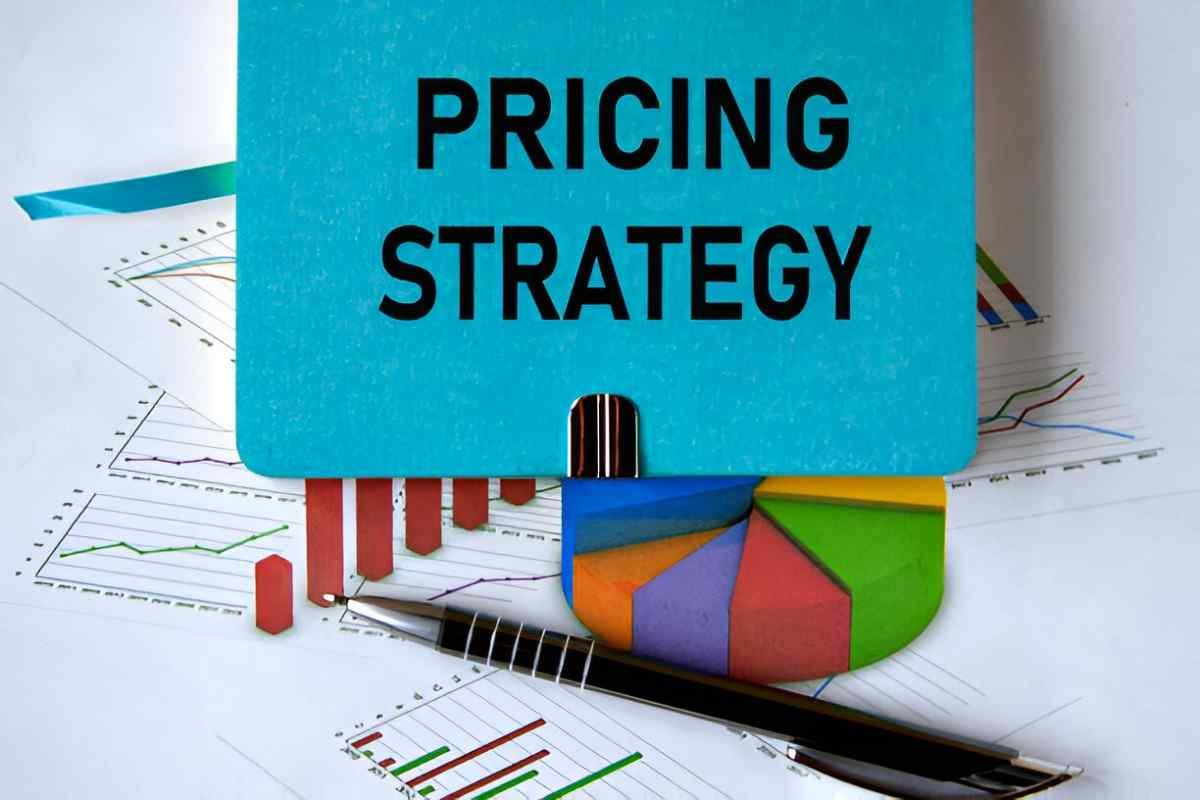Introduction
Pricing strategies play a crucial role in shaping consumer behavior. One such strategy that businesses frequently use to maximize profit and influence purchasing decisions is price-lining. Price-lining involves setting different price points within a product line to appeal to different customer segments. In this guide, I will walk you through the fundamentals of price-lining, its benefits, how it works, and how to apply it effectively in business.
Table of Contents
What is Price-Lining?
Price-lining is a pricing strategy where businesses offer multiple versions of a product at distinct price points. This strategy capitalizes on the psychological perception of value and affordability. For instance, a clothing retailer may offer a basic shirt for $20, a premium version for $40, and a luxury version for $80. This structure gives consumers a choice based on their budget and preferences.
The Psychology Behind Price-Lining
Consumers perceive pricing in relative terms rather than absolute terms. They compare different options within a product line before making a decision. Price-lining exploits this tendency by creating an anchor price and encouraging customers to upgrade. The three common pricing tiers are:
- Budget Option: A basic version with minimal features at a lower price.
- Mid-Tier Option: A standard version with more features, often the most profitable.
- Premium Option: A high-end version with premium features and a higher price.
Advantages of Price-Lining
- Simplifies Consumer Decision-Making: It helps consumers choose based on budget and needs.
- Increases Perceived Value: The mid-tier option often seems like the best deal, driving more sales.
- Enhances Profit Margins: Businesses can push customers toward higher-priced tiers for better margins.
- Encourages Upgrading: Consumers tend to move up the pricing scale when they perceive greater value.
Implementing Price-Lining Effectively
To apply price-lining, follow these steps:
- Segment the Market: Identify different customer segments based on willingness to pay.
- Develop Product Variants: Ensure clear differentiation among tiers.
- Determine Pricing Gaps: Maintain consistent and logical price differences.
- Communicate Value Clearly: Highlight the features of each tier effectively.
- Analyze and Optimize: Continuously monitor sales and customer feedback.
Mathematical Model for Price-Lining
To determine optimal pricing, we use a price discrimination model. Suppose we have three price points: budget, mid-tier, and premium, denoted as P_b, P_m, and P_p respectively. If the demand functions for each tier are given by:
Q_b = a - bP_b Q_m = c - dP_m Q_p = e - fP_pThe total revenue for each tier is:
R_b = P_b Q_b = P_b (a - bP_b) R_m = P_m Q_m = P_m (c - dP_m) R_p = P_p Q_p = P_p (e - fP_p)The total profit is:
\Pi = R_b + R_m + R_p - Cwhere C represents the total cost. To maximize profit, we differentiate with respect to each price and set the derivatives to zero:
Solving these equations helps determine optimal pricing.
Price-Lining in Different Industries
| Industry | Example |
|---|---|
| Electronics | Smartphones offered as basic, pro, and ultra models |
| Automotive | Economy, mid-range, and luxury car variants |
| Hospitality | Budget, standard, and premium hotel rooms |
| Software | Free, professional, and enterprise subscription plans |
Price-Lining vs. Other Pricing Strategies
| Strategy | Definition | Key Difference |
|---|---|---|
| Price-Lining | Multiple price points within a product line | Focuses on tiered pricing |
| Penetration Pricing | Low introductory price to gain market share | Used to attract new customers |
| Skimming Pricing | High initial price, lowered over time | Targets early adopters first |
Conclusion
Price-lining is a powerful strategy that enhances profitability while offering consumers choices. By understanding consumer psychology, setting logical price points, and continuously optimizing the strategy, businesses can effectively leverage price-lining to maximize sales and revenue. Whether you’re in retail, software, or any other industry, this strategy can help you segment your market and optimize pricing for long-term success.





